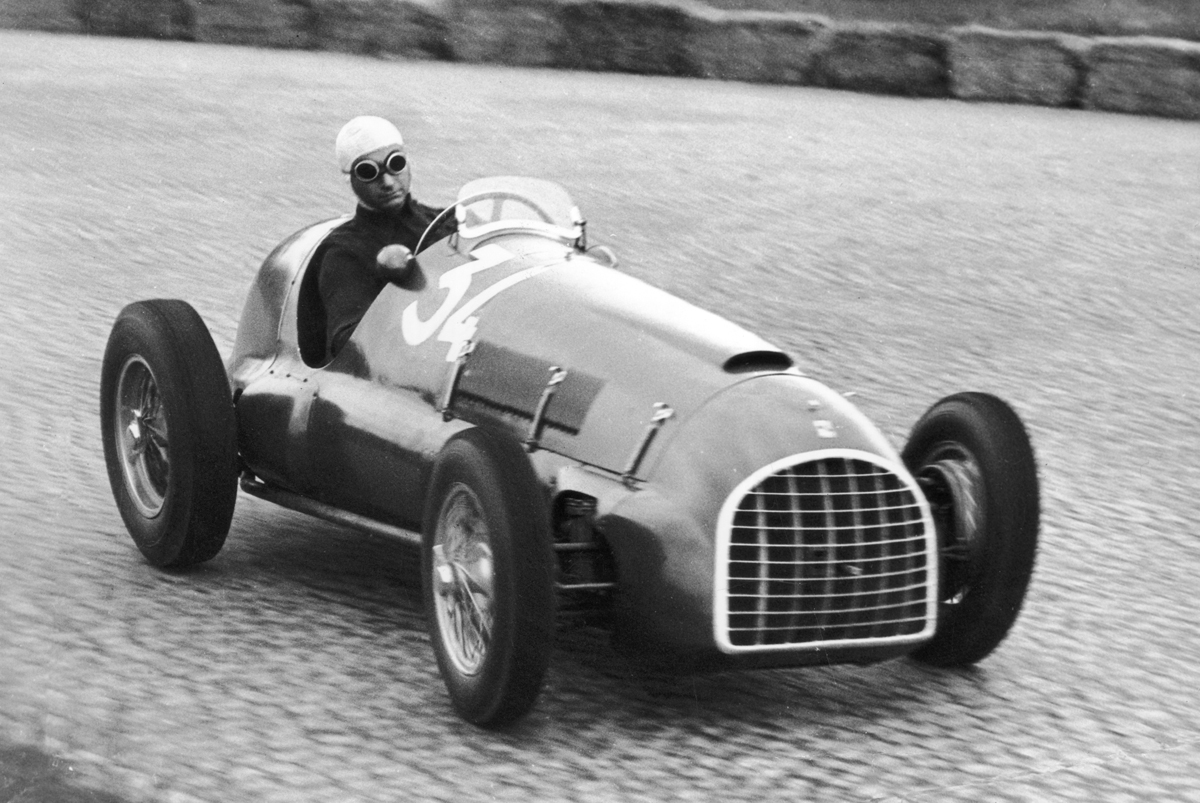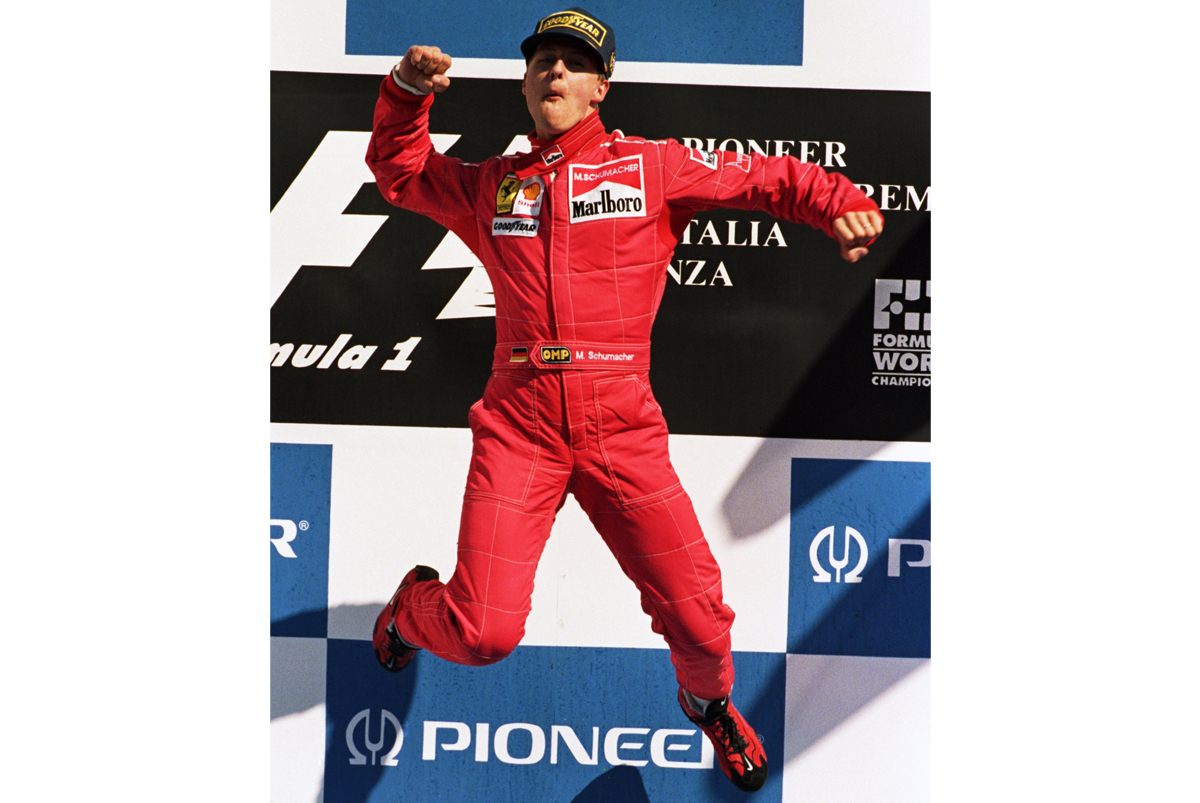1920
Enzo Ferrari – the eponymous founder – worked for Alfa Romeo during the 1920s (he wanted to get a job at Fiat, but the company wasn’t hiring). He raced the Alfas in his spare time and adopted the Cavallino, or prancing horse, the insignia for his Alfa race car.

1929
Enzo left Alfa Romeo to start his own racing stable, Scuderia Ferrari. It didn’t race cars using the Ferrari name – Enzo continued to race Alfa Romeos – that were supplied by Alfa and then tuned at the Ferrari shop in its first home of Modena.

1945
Having moved from Modena to Maranello during World War II, Ferrari began work on the 12 cylinder engine the company would become famous for. Two years later, Enzo drove the first 125 S out of the factory gates – it was the ever motor to sport the Ferrari moniker.

1951
During the 1950s, Ferrari had some legendary engineers on his team, and all car bodies were produced by Pinin Farina. Ferrari’s goal was to improve his race cars, and then adapt that technology to his road cars (a model that still exists today in Formula One).

1964
Things got rough for the prancing horse racing team after Carroll Shelby brought his Cobra to European race tracks. After years of rivalry, the Texan beat the Italian in 1964. Ferrari was also having financial trouble. There were talks with Ford, but Enzo walked out on the deal and sold part of the company to Fiat in 1969.

1972
Ferrari builds the Fiorano test circuit next to its factory to test Berlinetta Boxer flat-12 engine. A few years later, cars with the engine hit showrooms. Ferrari’s design house was officially incorporated into the company, and cars were being churned out, with some models being built in the thousands.

1985
One of the most iconic Ferraris of all time is produced – the Testarossa. The 1980s also saw the convertible Mondial and the realisation of Enzo Ferrari’s dream, the F40. Built to commemorate the company’s 40th anniversary, it had a carbon-fiber body, giant wing and Kevlar panelling.

2003
Enzo Ferrari finally got his due, with a 370kph supercar named after the company’s founder. Ferrari was also seeing success on the track when the hot-blooded cars met their match in German Formula One driver Michael Schumacher. He won seven F1 championships between 1994 and 2004.

2010
On the back of Formula One success, Ferrari’s production of road cars went up a level. The F430, California and FF were introduced, winning rave reviews for fans and critics alike. The Ferrari LaFerrari arrives soon after, the company’s first hybrid motor.



